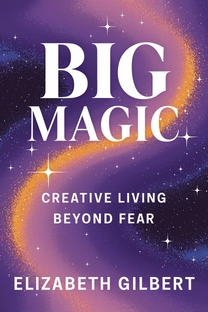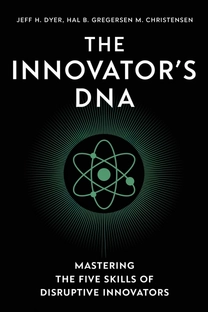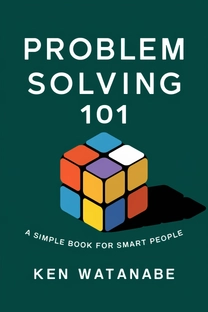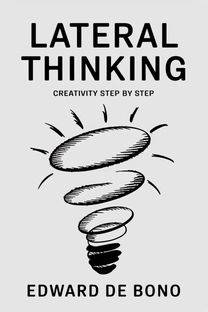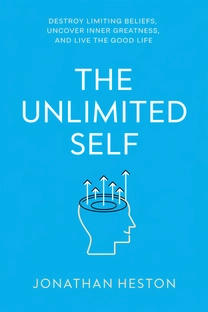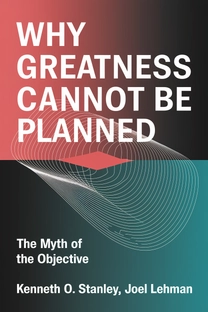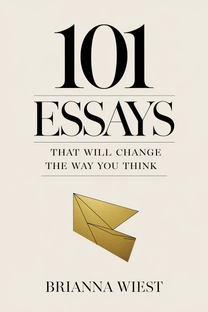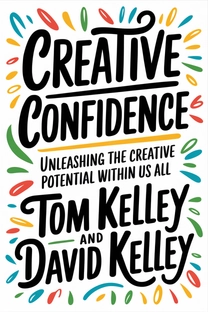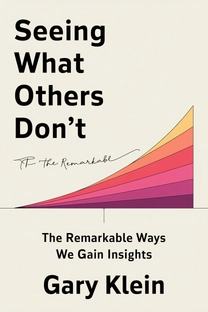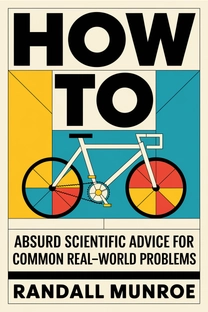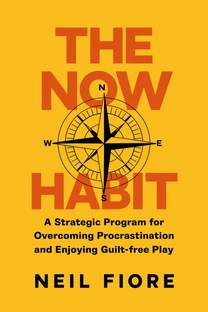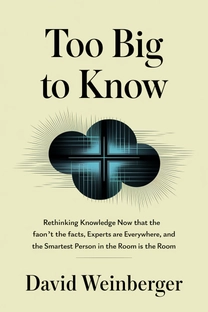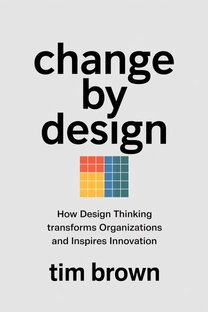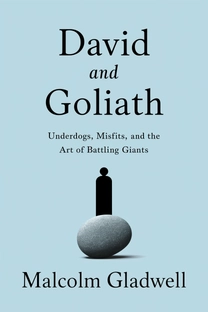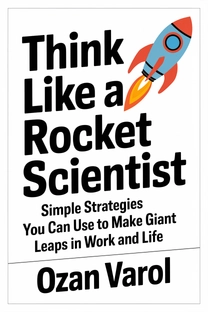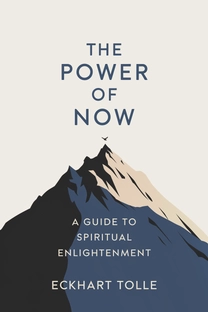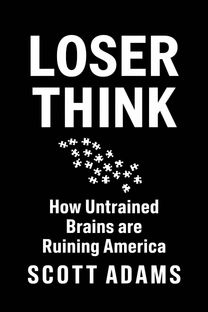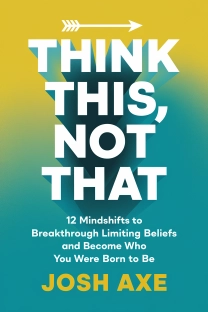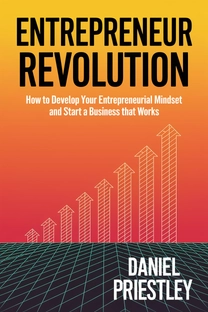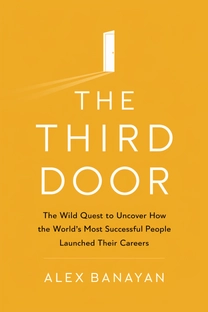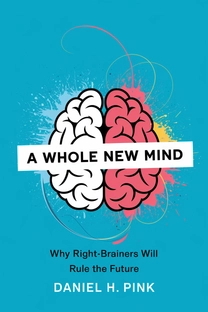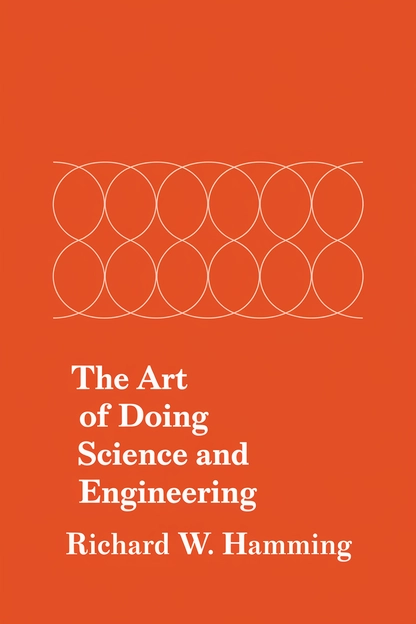
The Art of Doing Science and Engineering
by Richard W. Hamming
Brief overview
This book delves into the science of problem-solving and the attitudes that drive transformative work. It encourages readers to adopt a reflective, curious mindset, using practical examples to show how deep thinking and collaboration can yield groundbreaking progress.
Introduction
Welcome to a guide focused on making big discoveries by thinking boldly and systematically. Here, the notion of creative progress is not about coming up with a single lucky idea, but rather setting up the right conditions in one’s mind and environment so good ideas become natural.
You will find themes about clarity of purpose, the power of refined definitions, and the importance of striving for high-level goals. We begin by challenging assumptions that revolutionary work requires an elusive genius spark. Instead, it is often about deliberate thought, repetition, and observing subtle cues in data or experiences.
The chapters ahead draw on real-life examples of scientific and engineering feats, illustrating how curiosity, persistence, and openness can lead to significant breakthroughs. The moment of insight is rarely random—it is pushed forward by preparation, willingness to explore, and the ability to handle potential failures.
This introductory segment aims to prime you for the overarching message: transformative problem-solving emerges from consistent practice, courageous decisions, and thoughtful risk-taking. By recognizing that many great achievements start with a modest question, you will be ready to dive deeper into the chapters that follow.
Breaking Conventional Barriers
Many great discoveries arise when individuals refuse to accept that a problem is out of reach. Often, a so-called expert deems something impossible, yet a fresh perspective or reexamination of assumptions reveals a solution. The main idea is that if an expert insists it cannot be done, that may be the time to explore it further.
Real breakthroughs sometimes come from those outside the established field. This is seen in historical examples where simple observations, dismissed by insiders, eventually led to new paradigms. That shift often requires ignoring fixed mindsets and stepping beyond safe boundaries.
Within science and engineering, rethinking a fundamental principle—such as the necessity of purely continuous signals—can spark entire domains. The important step is staying open to evidence that lies beyond the textbook definitions or widely held beliefs.
When confronted with resistance, remember that no label—novice or expert—guarantees correctness. Instead, keep refining the questions you ask, and test your convictions against real or simulated results. Breaking barriers also involves actively looking for small cracks in conventional theories, where new insights can take hold.
What is The Art of Doing Science and Engineering about?
"The Art of Doing Science and Engineering" by Richard W. Hamming is a transformative book that explores the mindset and methodologies behind significant breakthroughs in science and engineering. Emphasizing the power of reflective thinking and the importance of stepping outside of conventional norms, Hamming invites readers to embrace curiosity and persistence to solve complex problems. The book delves deeply into real-world examples that showcase the synergy between rigorous intellectual preparation and momentous insights.
Hamming's work stands out by illustrating the critical role that error-correction and systems thinking play across various scientific disciplines. By framing problems effectively and continuously challenging prevailing assumptions, readers are encouraged to unlock creative potential capable of reshaping entire fields. This approach not only fosters innovation but also enables sustainable progress, providing practical strategies for navigating obstacles and overcoming the resistance of established paradigms.
It emphasizes that every revolution in science and engineering is not the result of a solitary genius but a relentless pursuit of truth and understanding. This book offers readers a concrete map to develop a truly inventive mindset, making it an indispensable resource for those eager to push boundaries and make meaningful contributions to their fields.
Review of The Art of Doing Science and Engineering
"The Art of Doing Science and Engineering" by Richard W. Hamming is a brilliant exploration of the mental attitudes and systemic approaches that drive pioneering work in scientific fields. One of the book's strongest points is its in-depth analysis of error-correction—a concept that permeates not just coding and data transmission but problem-solving in everyday life. Through illustrative examples, Hamming presents a compelling case for why challenging established boundaries often leads to groundbreaking discovery.
The book transcends traditional self-help studies by providing readers with tangible methodologies for cultivating a mindset that welcomes curiosity and embraces uncertainty. The writing is approachable yet intellectually stimulating, making complex ideas accessible to a wide audience. Hamming effectively demystifies the process of innovation, showing how thorough preparation and an openness to unconventional ideas can unlock new realms of possibility. His narrative encourages the reader to question the status quo and to engage in strategic risk-taking.
Hamming strikes a balance between theoretical insight and practical application, making "The Art of Doing Science and Engineering" a vital read for professionals in STEM, as well as those interested in systems thinking and problem-solving. It caters to engineers, scientists, educators, and curious minds alike. Ultimately, the book comes highly recommended for anyone determined to foster innovation and embrace continuous learning, as it provides a roadmap to thinking differently and more effectively in an ever-evolving world.
Who should read The Art of Doing Science and Engineering?
- Engineers and Scientists: Individuals in this field will appreciate the book's focus on error-correction and systems thinking, helping them navigate complex projects and innovate within their disciplines.
- Students and Educators: Those involved in STEM education can use this book to inspire a love for curiosity and exploration, providing students with practical strategies to tackle real-world challenges.
- Problem-Solvers and Innovators: Whether in business, technology, or personal development, readers who enjoy solving intricate problems will find this book's insights invaluable in driving creative solutions.
- Professionals Facing Change: For those encountering resistance or new paradigms within their careers, this book offers perspective on how to navigate expert opinions and foster transformative change.
- Lifelong Learners: Ideal for anyone committed to continuous learning, this book provides profound insights into how inquisitive thinking and adaptive strategies lead to profound self and professional growth.
About the author
Book summaries like The Art of Doing Science and Engineering
Why readers love Mindleap
10-Minute Book Insights
Get the core ideas from the world's best books in just 10 minutes of reading or listening.
Curated For You
Discover your next favorite book with personalized recommendations based on your interests.
AI Book ExpertNew
Chat with our AI to help find the best book for you and your goals.
Reviews of MindLeap
Love how I can get the key ideas from books in just 15 minutes! Perfect for my busy schedule and helps me decide which books to read in full.
Alex R.
The summaries are incredibly well-written and the audio feature is perfect for my commute. Such a time-saver!
Jessica M.
Great app for personal growth. The insights are clear and actionable, and I love how they capture the essence of each book.
Chris P.
The app is beautifully designed and the summaries are top-notch. Definitely worth every penny!
Sarah K.


